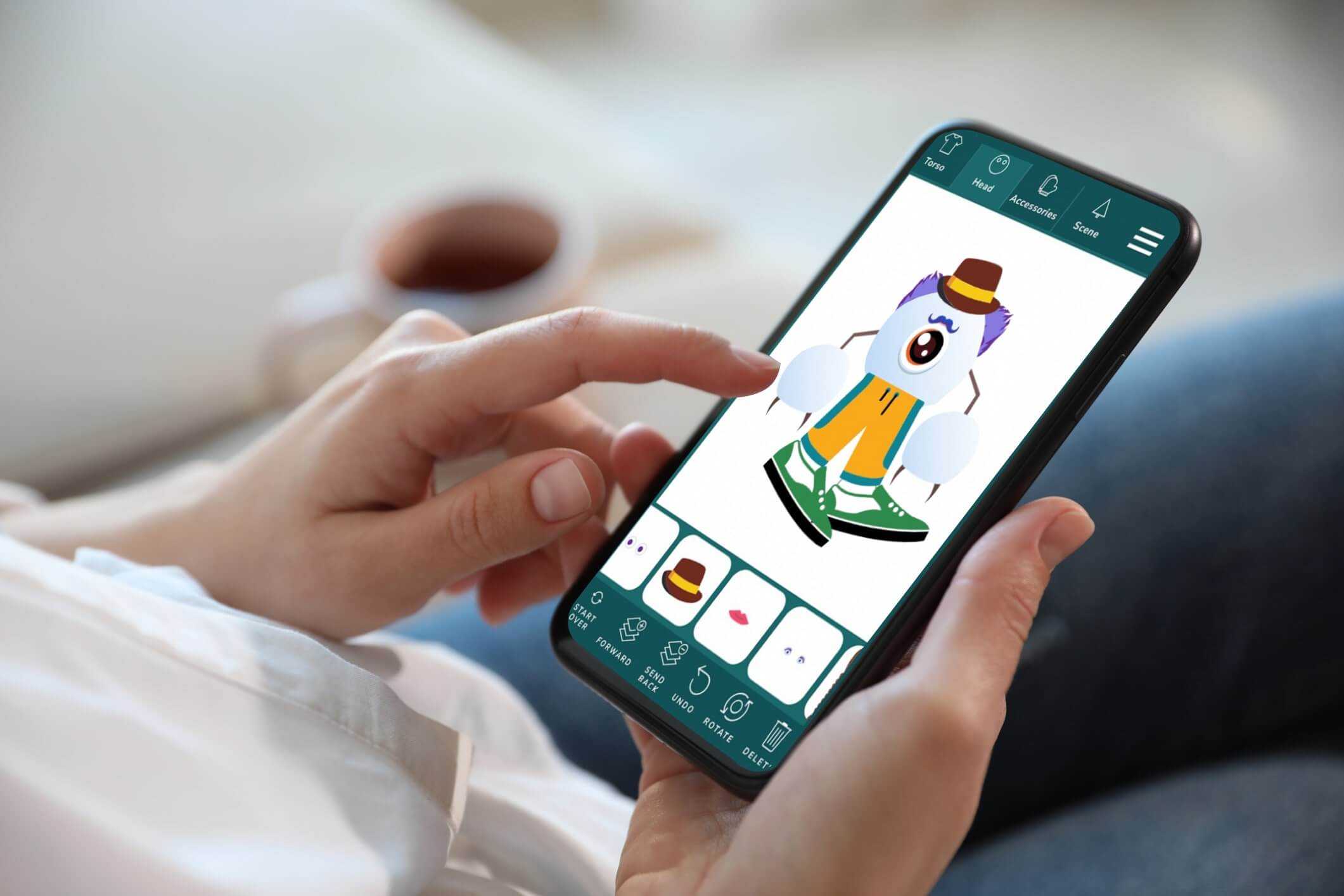Two Important Lessons Learned from Friendster
It’s always a good idea to glean concepts from successful people and ventures to discover ways to create your own success. It also never hurts to learn from the mistakes of others, because, as Edmund Burke advised us almost 300 years ago: those who don’t know history are destined to repeat it.
That’s where we bring in Friendster. Friendster was a social network founded in 2002, predating MySpace and Facebook. At one time, Friendster had more than 100 million users. Google offered the owners of Friendster $30 million dollars for the site a year after it was founded. They declined. More than decade after its founding, Friendster is still around, but now it’s a gaming site and has become one of the great lessons of the young century about online business. What does Friendster’s collapse have to do with marketing your business online or creating a website? Well, a lot. This is a prime example of learning what NOT to do. Let’s take a look at two important lessons the people at Friendster have learned.

CREATING A VISION (AND STICKING TO IT)
When Jonathan Abrams created Friendster, he wanted to design a site similar to dating sites that were emerging at the time, but focused more on making “friend” connections. In the first few months, Friendster attracted three million users. Google offered 30 million dollars for the service, but Abrams opted to take $13 million from venture capitalists and work with them to build up Friendster even more. Unfortunately, rather than focusing on the initial vision of a social network, the newly-created board of venture capitalists began trying to incorporate blogs, video and audio and other features before the site was ready to handle it.
LESSON: Staying true to the vision and establishing it can allow you to enhance it later. A solid staff of marketing, design and programming professionals can help you see your vision come to life and make sure you have a successful core that can be expanded when the time is right.
DELIVERING THE PRODUCT
You can have the greatest idea in the history of the internet, but unless you are able to correctly deliver your brand, you could suffer the same fate as Friendster.
As late as 2006, because of the increasing traffic, Friendster users were experiencing problems with load times. While the board was looking at ways to expand the brand, they were overlooking some of the common problems that cause customers to find other outlets. And those customers did. MySpace was growing and Facebook was becoming a juggernaut. Users found they could load pages on those sites quickly and the focus of those sites was exactly what Abrams had initially envisioned: friend-to-friend connections. If the delivery system (better servers, a focused vision, coding improvements) had been rectified early, Friendster may have become what Abrams wanted to create…and Facebook could have been just another site. In July 2009, a poor redesign of the website proved catastrophic and Friendster, as Abrams had initially conceptualized, was done.
LESSON: You may have heard the phrase “the medium is the message” which was coined almost 50 years ago, but it’s never been as significant as it is today. If you want to launch an app or a website or an online marketing campaign, it’s essential that the user experience is positive and that the message is easily delivered. A slow-loading site or coding issues damages your brand and your reputation.
CONCLUSION
While your website or online campaign may not have millions of dollars in the budget, these two lessons are pretty powerful…no matter the size and cost of your project. Once you have created the VISION, let us help you DELIVER THE PRODUCT.




